During summer vacation, the number of children going to see a doctor for refractive errors, including myopia, increases significantly.
This number is expected to increase after the summer vacation when children overuse electronic devices such as TVs, laptops, phones... while spending less time outdoors and more time indoors.
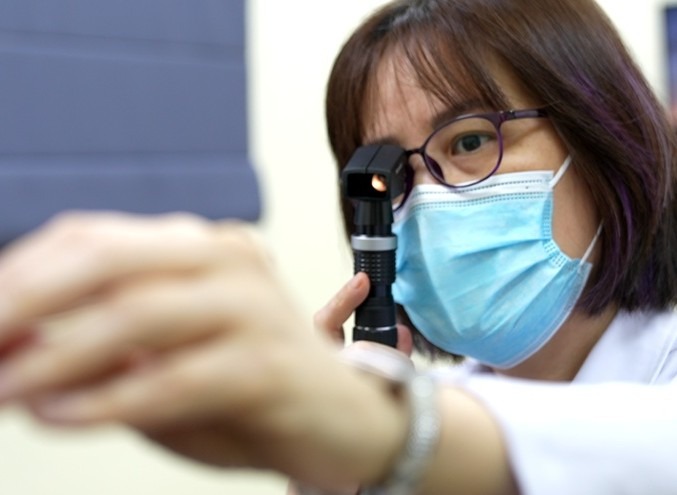 |
| During summer vacation, the number of children going to see a doctor for refractive errors, including myopia, increases significantly. |
Vietnam has nearly 3 million children with refractive errors, of which more than 70% are nearsighted. It can be seen that the pressure of studying along with easy access to electronic devices (TV, phone, computer, etc.) causes the rate of refractive errors to increase rapidly, especially during the summer holidays.
At the Ophthalmology Department of Dong Do Hospital, Hanoi, during normal times, only 3-5 myopic children are examined per day, but during the summer like now, the number of children coming for examination increases from 15 to 20 children per day.
Doctor Nguyen Vinh Quang, Head of the Ophthalmology Department, said that most children who come to see a doctor have a history of abusing technological devices, such as televisions, phones, laptops, iPads, etc. The rate of myopia in urban students is quite high.
Accordingly, after school, people mainly stay at home, watch TV, use smartphones too much, and limit exposure to space and light outside, which affects their eyesight.
In addition, many families take advantage of the summer vacation to take their children to get their eyes checked. Therefore, every summer, the number of children coming to get their myopia checked increases. In addition, there are also cases of increased myopia due to playing games and using electronic technology devices too much.
Similarly, at Ha Dong General Hospital (Hanoi), on average, each day we receive about 70-80 cases for examination of refractive errors (nearsightedness, farsightedness, astigmatism), sometimes up to 100 cases; in which the proportion of children with myopia is the highest.
According to doctors from the Ophthalmology Department of Ha Dong General Hospital, the common problem of families who bring their children for eye exams is that they discover that their children's eyesight is very poor.
If children watch TV too close every day, in a narrow space, the distance from their eyes to the TV is less than 3m and they watch for more than 3 hours, their eyesight will decline very quickly.
According to ophthalmologists, there are three ways to treat refractive errors including wearing eyeglasses, wearing contact lenses or surgery.
Wearing glasses is a popular method because it is convenient, affordable, easy to change, has many types of glasses but is easy to forget to bring, easy to break... Check your glasses every 6 months.
Nearsighted people often wear glasses, so do farsighted people need to wear glasses? Farsighted people can wear glasses, but this should be done after consulting a medical professional.
Wearing contact lenses (also known as contact lenses): This type of lens is suitable for teenagers and adults. The advantage of this method is that it is compact and makes it difficult for outsiders to detect refractive errors.
However, wearing contact lenses also has certain obstacles such as having to remove and wash them daily, if not careful it can cause corneal scratches and infections. Lenses can also cause allergies to some people.
Refractive surgery: Patients can have Lasik eye surgery - a type of surgery that uses lasers to correct vision problems, especially those caused by refractive errors.
A Lasik eye surgery lasts less than 30 minutes, it is the most popular method with more than 40 million surgeries performed worldwide.
Associate Professor, Dr. Nguyen Thi Thu Hien, Head of Refractive Surgery Department, Tam Anh High-Tech Eye Center, Before deciding on Lasik surgery, the doctor will perform a number of tests and assessments to decide whether to perform the surgery.
Tests include: Measuring the surface and thickness of the cornea. Checking for dry eyes. Measuring refractive errors. Checking for recent changes in vision.
Along with Lasik eye surgery, vision can be improved with PRK (photorefractive keratectomy), a type of outpatient refractive laser eye surgery that treats nearsightedness, farsightedness, and astigmatism.
However, this method is also recommended for some subjects such as: people with glaucoma, pregnant or breastfeeding women, people with cataracts, scars in the eyes or corneal trauma, etc.
The above surgical methods may have some unwanted risks, so before choosing a method to treat refractive errors, patients need to go to specialized medical facilities for examination and consultation with a doctor.
Ophthalmologists say that although refractive errors are not too dangerous, they cause many inconveniences in life and daily activities. Therefore, it is necessary to proactively care for and protect the eyes by changing unhealthy lifestyles and habits.
Accordingly, you should have your eyes checked every 6 months, especially for those who have refractive errors. Don't wait until there are serious signs to see a doctor.
In addition, it is necessary to develop healthy living and working habits. Improve the learning and working environment with enough light, adjust the distance to about 50-60cm when reading books or using electronic devices.
You can apply the 20-20-20 rule to rest your eyes after a period of work or study. Specifically, after 20 minutes of working with electronic devices, you should rest your eyes for 20 seconds and look 20 feet away (approximately 6m).
For young children, it is necessary to train them to sit in the correct posture when studying, and control the time they spend using smart devices. In addition to study time, children should participate in outdoor activities, take them to have their eyes examined every 6 months or immediately when there are suspicious signs such as: blurred vision, rubbing eyes, squinting, tilting the head, bending over notebooks, etc. to promptly detect and correct refractive errors.
In addition, it is necessary to eat a nutritious diet with a variety of foods such as sweet potatoes, carrots (providing a lot of vitamin A); spinach, eggs (a source of lutein and zeaxanthin to help protect the retina), milk and dairy products (containing vitamin A and zinc)...
Source: https://baodautu.vn/dip-he-tre-mac-cac-benh-ve-mat-tang-cao-d219904.html



![[UPDATE] April 30th parade rehearsal on Le Duan street in front of Independence Palace](https://vstatic.vietnam.vn/vietnam/resource/IMAGE/2025/4/18/8f2604c6bc5648d4b918bd6867d08396)



![[Photo] Prime Minister Pham Minh Chinh receives Mr. Jefferey Perlman, CEO of Warburg Pincus Group (USA)](https://vstatic.vietnam.vn/vietnam/resource/IMAGE/2025/4/18/c37781eeb50342f09d8fe6841db2426c)

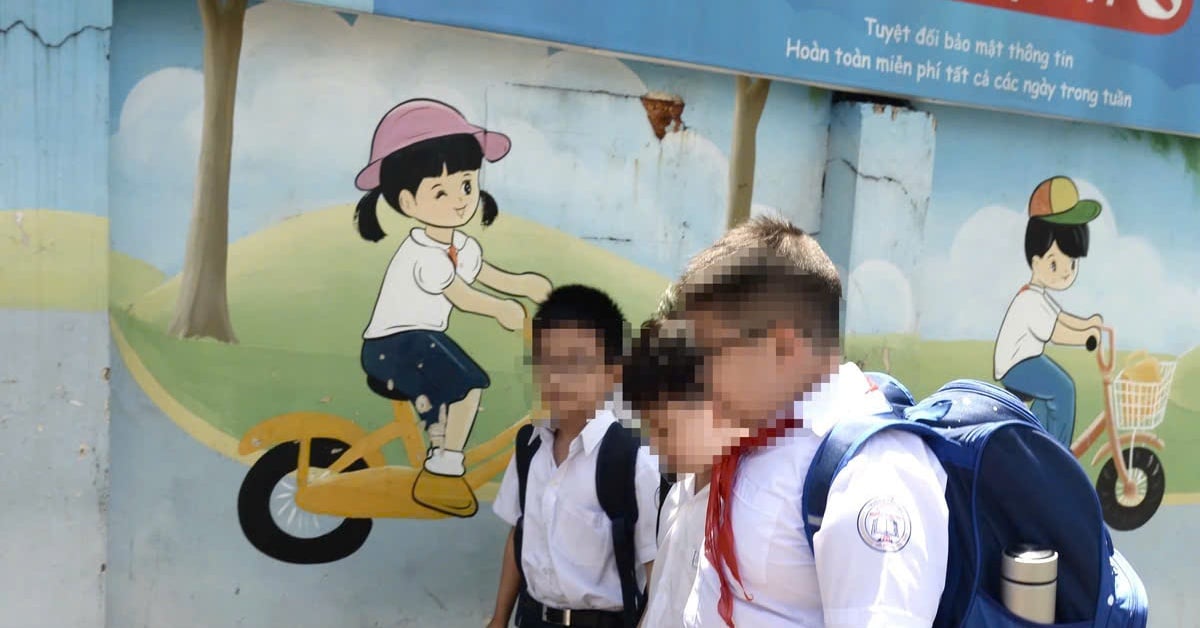

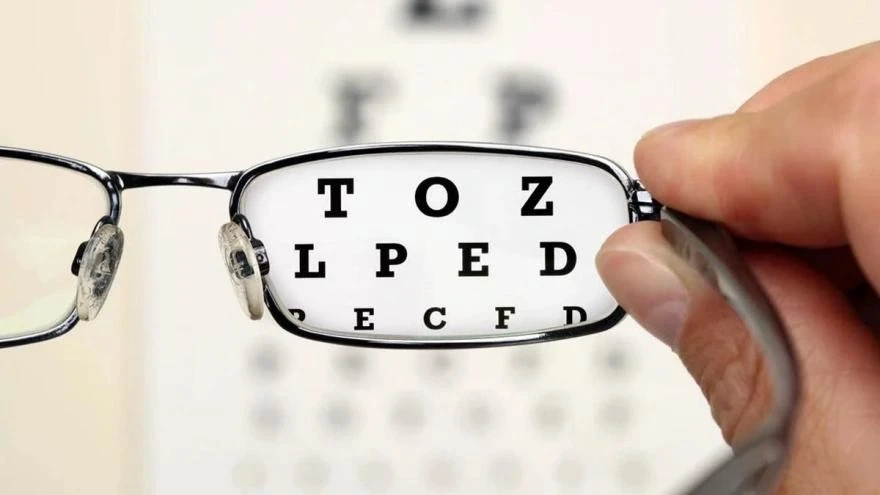



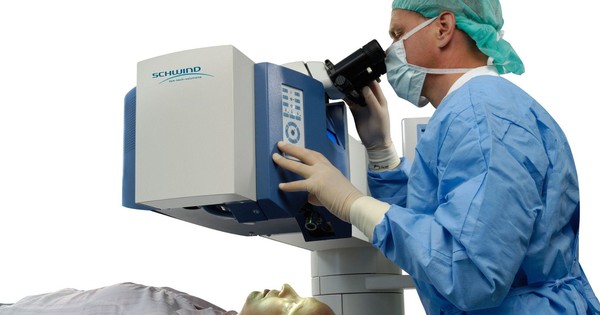





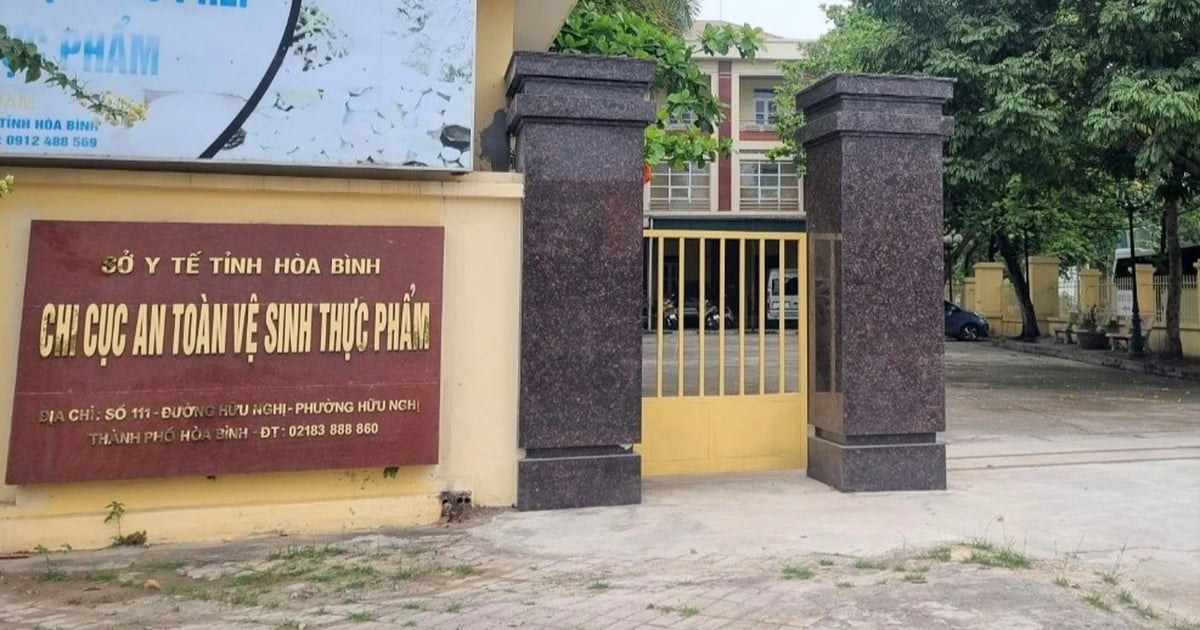








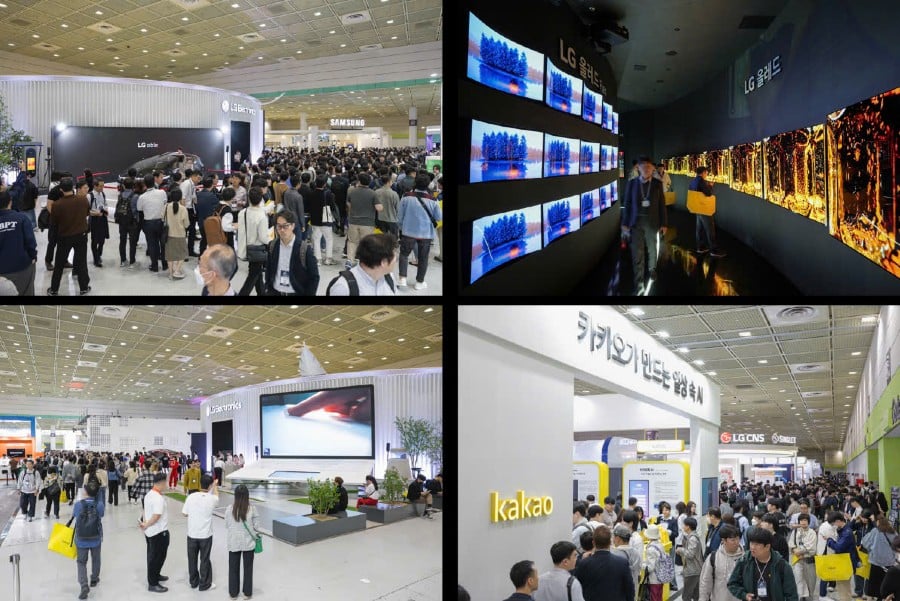































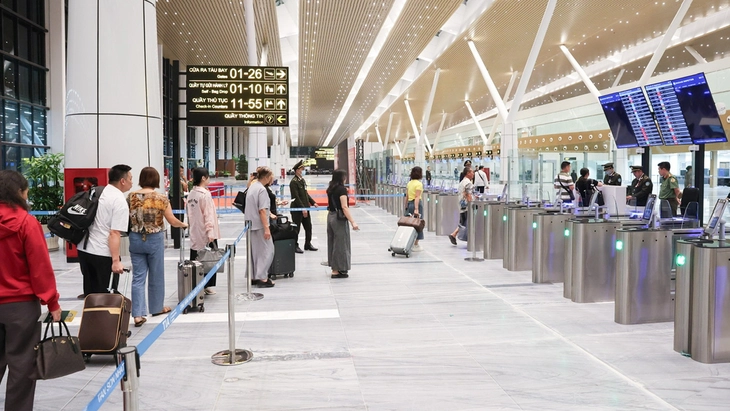






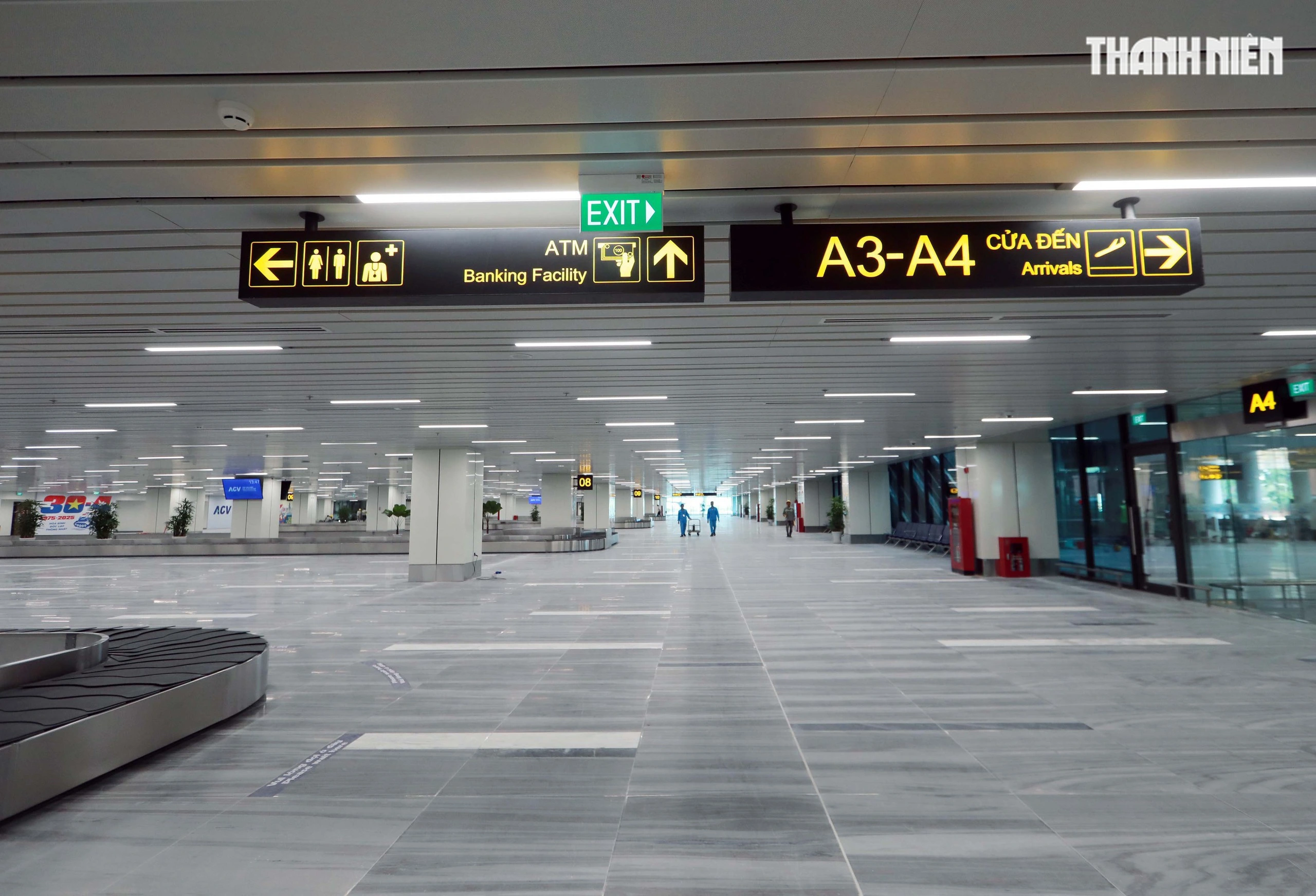










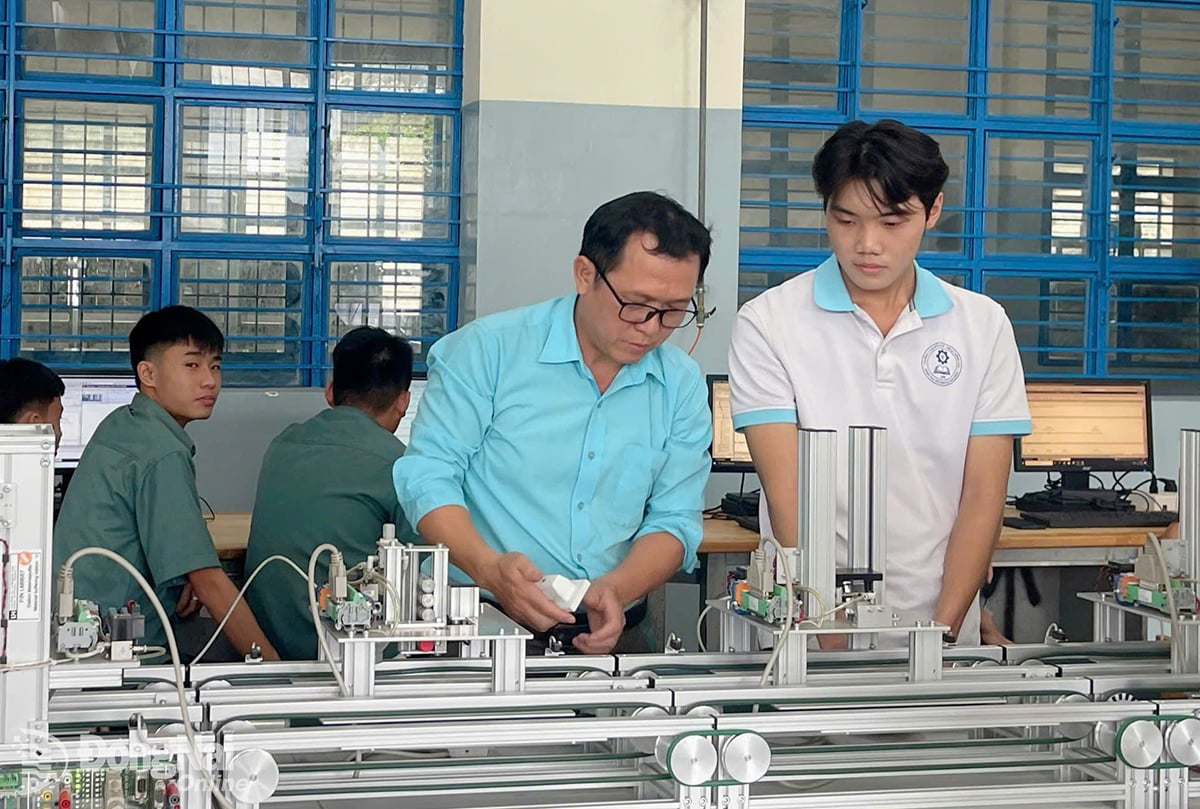


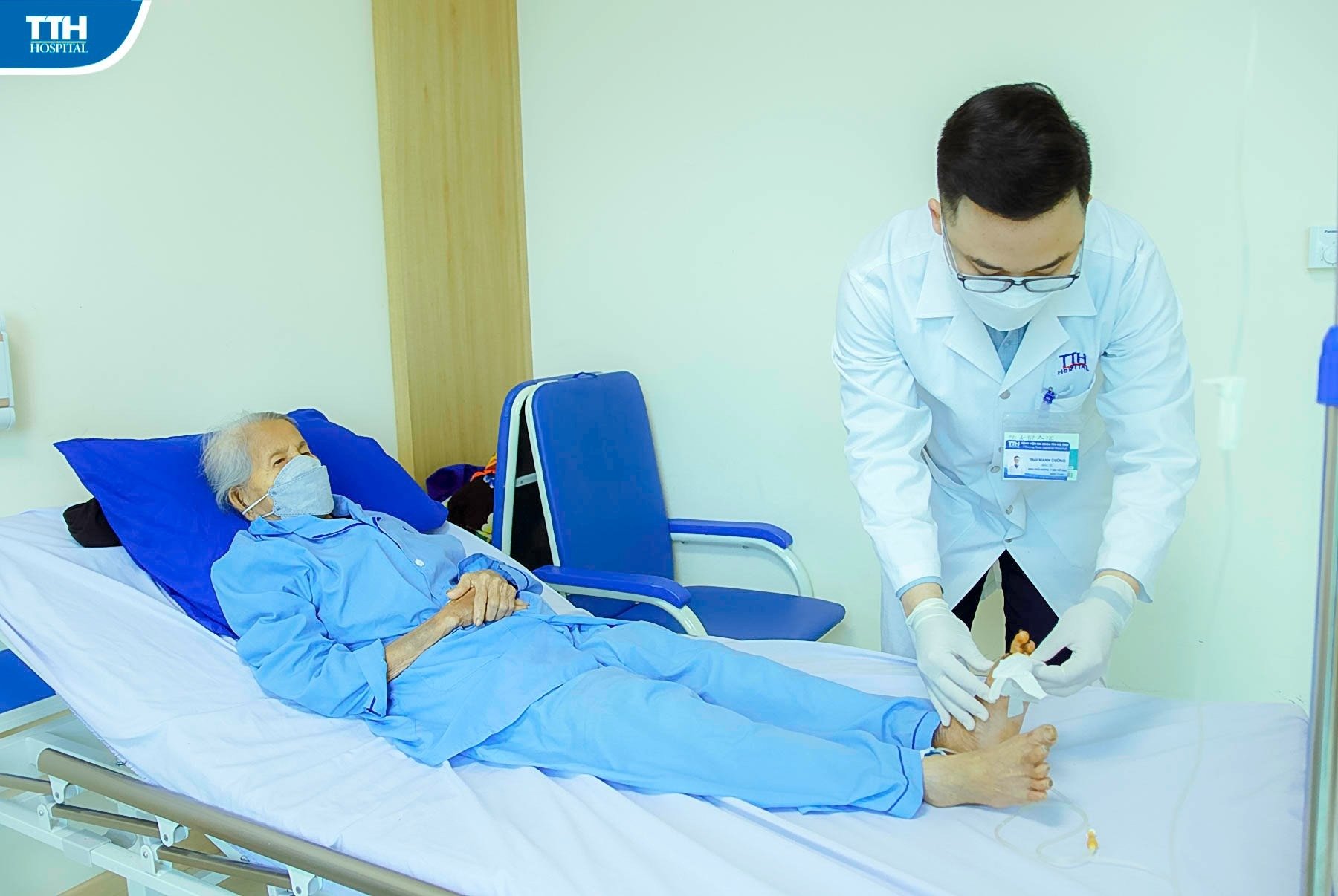
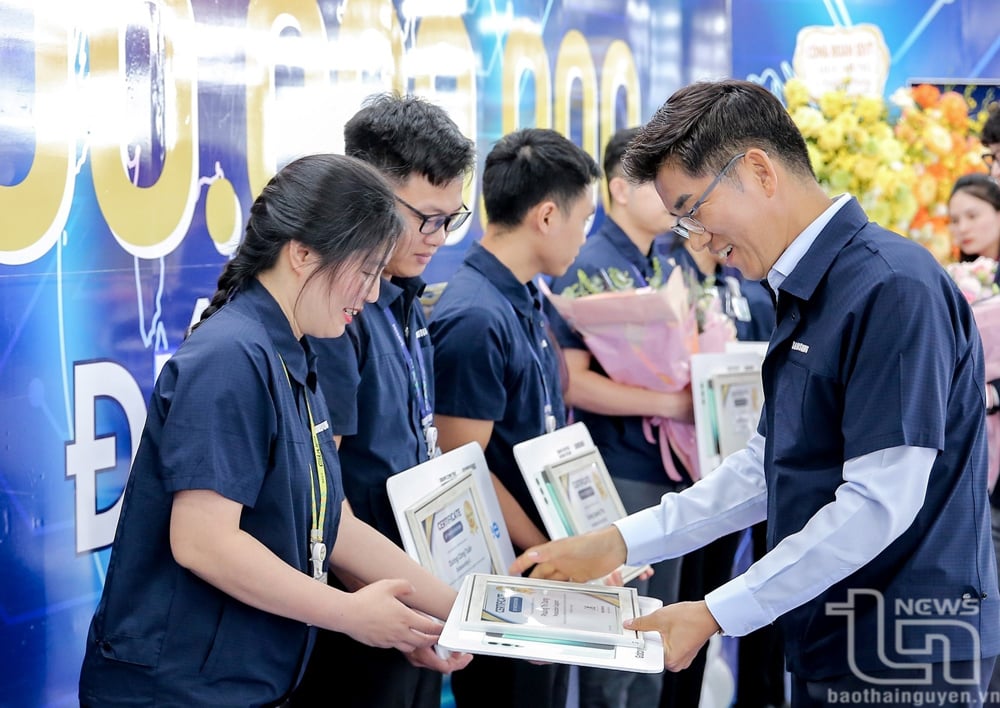

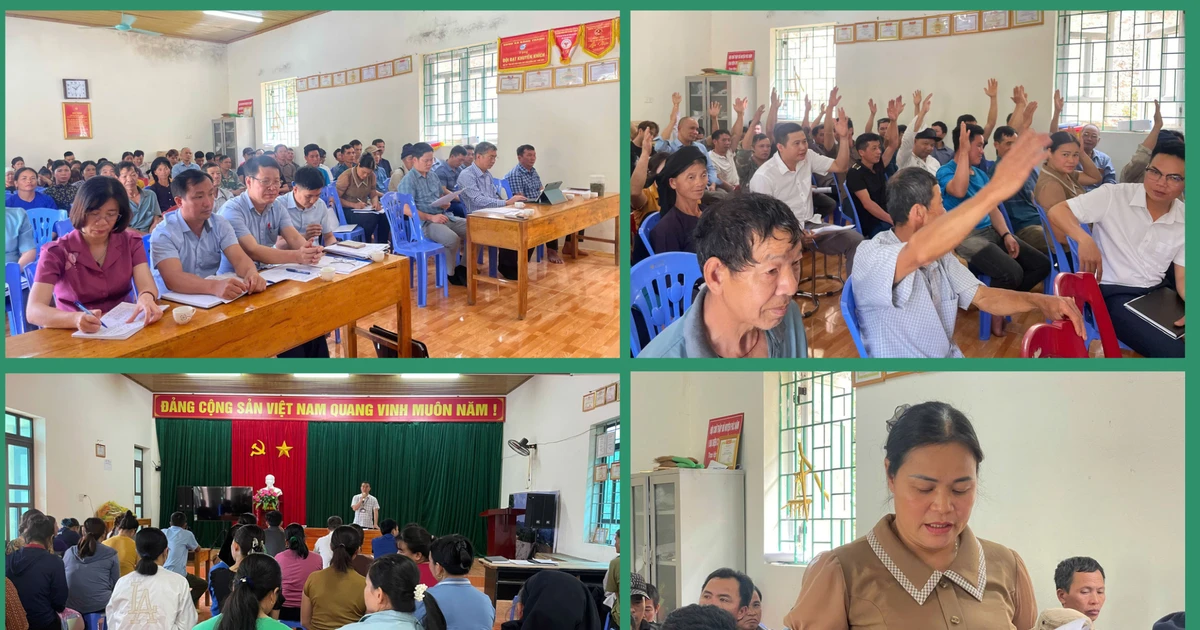












Comment (0)